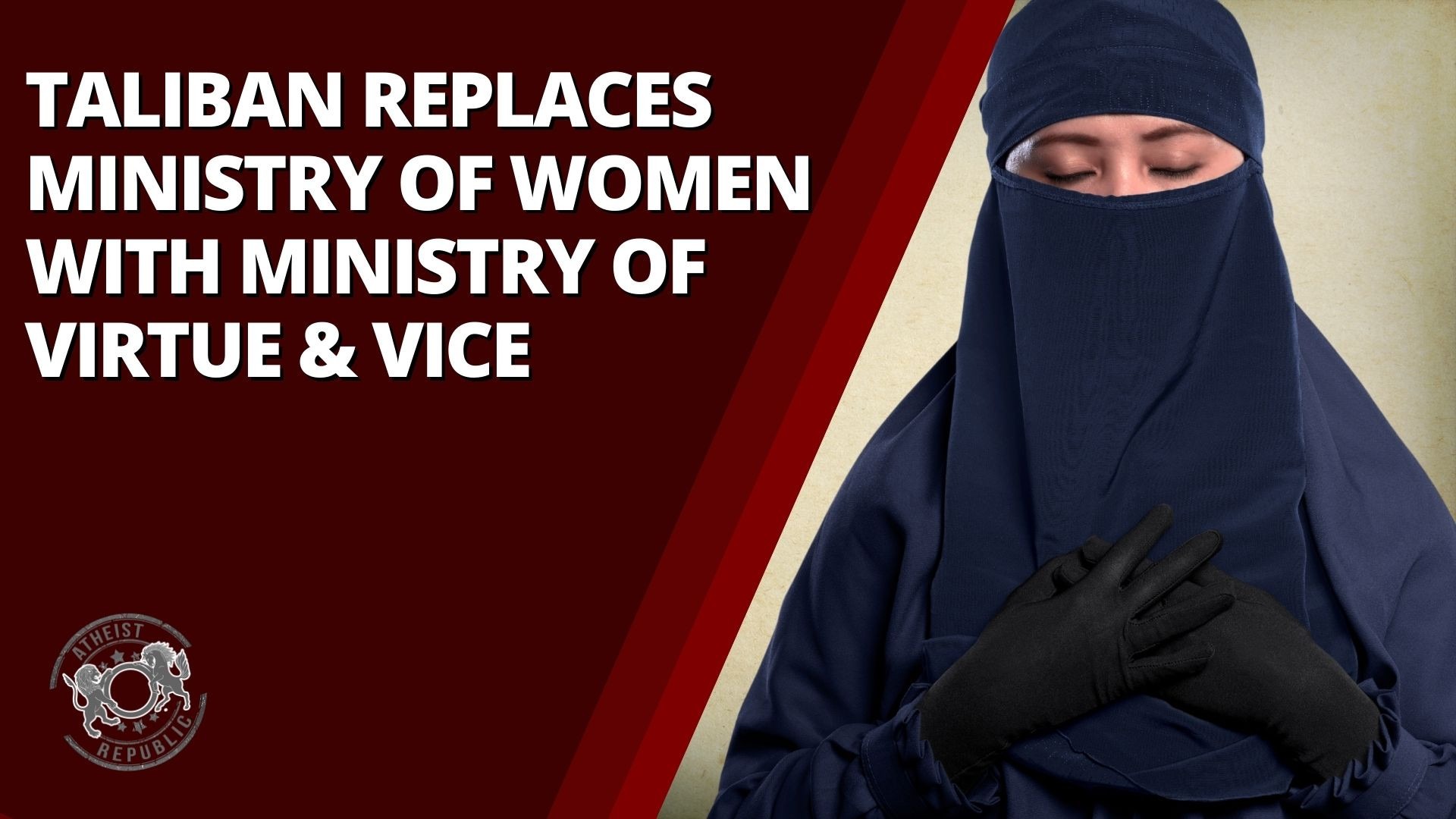
For weeks the employees of Afghanistan’s Ministry of Women Affairs were trying to get back to work but were turned away by the Taliban. They were asked to return to their homes. On Friday, September 17, the sign on the building that housed the women’s ministry was replaced another that translates to “Ministries of Prayer and Guidance and the Promotion of Virtue and Prevention of Vice.”
The Taliban’s Virtue and Vice Ministry was heavily criticized for implementing Sharia law, which involved violent enforcement. The ministry was also known to shut down critics of their enforcement of Sharia customs. Taliban members defended against the criticism, saying that its “main purpose is to serve Islam.”
Before the sign was replaced, the gate of the building occupied by the Ministry of Women was locked. Employees working for the World Bank’s $100 million Women’s Economic Empowerment and Rural Development Program were also escorted out of the building before they locked it. Earlier that week, the Taliban’s senior commander Waheedullah Hashimi declared that “Men and women cannot work together.” Hashimi added that women “are not allowed to come to our offices and work in our ministries.”
Women were seen in groups protesting the Taliban’s decision to lock the building and change the sign. One of the women asked, “I am the only breadwinner in my family; when there is no ministry, what should an Afghan woman do?”
The founder of Afghan Women’s Network non-profit advocacy group, Mabouba Suraj, asked: “Is this the stage where the girls are going to be forgotten?” Suraj was referring to the subsequent actions taken by the Taliban that were leaving out women. On the same day that the Ministry of Women’s sign was removed, the Taliban announced that boys from grades six to twelve were going back to school.
Suraj is hoping to work with the Taliban to find a middle ground for women’s rights. But it is becoming more complex. “I know they don’t believe in giving explanations, but explanations are very important,” she explained.
